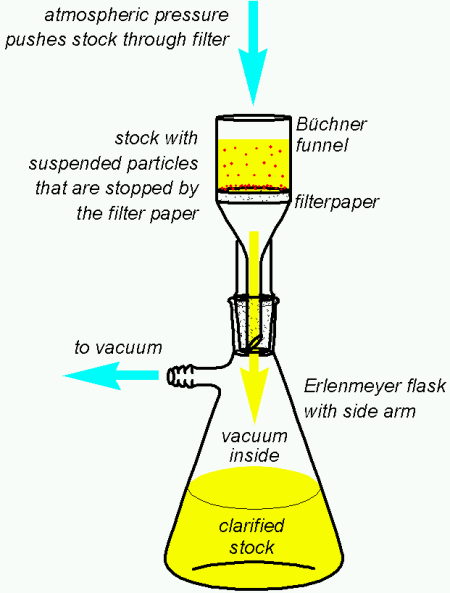In class we got our quizzes back, took a few notes, and finished a sheet about matter and it's states. We also got some time in class to finish reading pages 25-34, 36, 39 in the textbook, make a flowchart, and write a pre-lab report.
- There's a difference between solutions and mixtures. In mixtures such as water and mud, you can usually see light scattered if it passed through the mixture, but if you pass light through a mixture such as water and salt, or water and sugar, the light doesn't scatter which makes it harder to spot if it's pure or impure. These mixtures are known as solutions. Some solutions can be separated by a process called distillation, while other solutions cannot be separated by distillation such as water and grain alcohol because the whole mixture has the same boiling point.
 |
| Heating a pure substance. |
 |
| Cooling a pure substance. |
- When heating a pure substance (such as pure water), the substance keeps increasing in temperature until it starts boiling, and when it does start boiling, the temperature stays constant. But with a mixture such as 75% water and 25% methanol, the mixture's temperature increases faster than the water, until it reaches 86 degrees, and when it does, the temperature doesn't stay constant, it keeps increasing but at a lower rate, and vise versa with cooling/freezing.
- Sometimes heating a substance doesn't necessarily mean that physical changes occur. If you heat sucrose for example, the heated sugar turns into a completely new substance that has nothing to do with sugar, and there is no way to return it back to sugar, which means that it's a chemical reaction occurred instead.
- If you put a light bulb with negative and positive terminals in solid salt so that it transfers electicity to the bulb, no electricity will reach the bulb. But if you place the terminals in liquid salt, then the light turns on! That is because the liquid salt conducts electricity, while the solid doesn't. Also, if you leave the battery on, the liquid would start turning into a gas (chlorine) and a silvery liquid (sodium) which is known as electrolysis. The same thing can be done with water, but the process is a little slower.
Here is a list of all the new terms learned:
- Boiling Point: the temperature at which matter changes from liquid to a gas.
- Melting Point: the temperature at which a solid becomes a liquid.
- Freezing Point: the temperature at which a liquid changes to a solid.
- Mixture: two (or more) kinds of matter that have separate identities.
- Solution: a homogeneous mixture of two or more substances frequently (but not necessarily) a liquid.
- Distillation: a process of purifying a liquid by boiling it and condensing its vapors
- Density: is a property of matter that describes its mass per unit volume.
- Chemical Change: changes that produce a new kind of matter with different properties.
- Physical Change: a change in matter where no new substance is formed.
- Decomposition: process where one kind of matter comes apart to form two or more kinds of matter.
- Electrolysis: it involves passing an electric current through a substace, causing it to decompose into new kinds of matter.
- Compounds: pure substances that can be decomposed into new kinds of matter.
- Elements: elemental building blocks of all kinds of matter.











